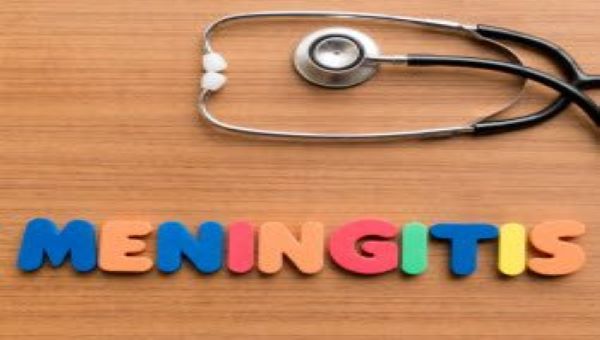Know more about CANCER
Jun 23, 2022
CANCER
INTRODUCTION
Cancer is a large group of diseases that can start in almost any organ or tissue of the body when abnormal cells grow uncontrollably, go beyond their usual boundaries to invade adjoining parts of the body and/or spread to other organs. The latter process is called metastasizing and is a major cause of death from cancer. A neoplasm and malignant tumour are other common names for cancer.
SYMPTOMS
Signs and symptoms caused by cancer will vary depending on what part of the body is affected. Some general signs and symptoms associated with, but not specific to, cancer, include:
- Fatigue
- Lump or area of thickening that can be felt under the skin
- Weight changes, including unintended loss or gain
- Skin changes, such as yellowing, darkening or redness of the skin, sores that won't heal, or changes to existing moles
- Changes in bowel or bladder habits
- Persistent cough or trouble breathing
- Hoarseness
- Persistent indigestion or discomfort after eating
- Persistent, unexplained muscle or joint pain
- Persistent, unexplained fevers or night sweats
- Unexplained bleeding or bruising
CAUSES
Cancer is caused by changes (mutations) to the DNA within cells. The DNA inside a cell is packaged into a large number of individual genes, each of which contains a set of instructions telling the cell what functions to perform, as well as how to grow and divide.
DIAGNOSIS
- Cancer screening
Diagnosing cancer at its earliest stages often provides the best chance for a cure. With this in mind, talk with your doctor about what types of cancer screening may be appropriate for you.For a few cancers, studies show that screening tests can save lives by diagnosing cancer early. For other cancers, screening tests are recommended only for people with increased risk.
- Your doctor may use one or more approaches to diagnose cancer:
- Physical exam.
- Laboratory tests.
- Imaging tests – MRI, CT SCAN, XRAYS, ULTRASOUND etc.
- Biopsy.
- Cancer stages
Once cancer is diagnosed, your doctor will work to determine the extent (stage) of your cancer. Your doctor uses your cancer's stage to determine your treatment options and your chances for a cure.Staging tests and procedures may include imaging tests, such as bone scans or X-rays, to see if cancer has spread to other parts of the body. Cancer stages are indicated by the numbers 0 through 4, which are often written as Roman numerals 0 through IV. Higher numbers indicate a more-advanced cancer. For some types of cancer, cancer stage is indicated using letters or words.
PREVENTION
Between 30% and 50% of cancer deaths could be prevented by modifying or avoiding key risk factors and implementing existing evidence-based prevention strategies. The cancer burden can also be reduced through early detection of cancer and management of patients who develop cancer. Prevention also offers the most cost-effective long-term strategy for the control of cancer.
Modifying or avoiding the following key risk factors can help prevent cancer:
- avoid tobacco use, including cigarettes and smokeless tobacco
- maintain a healthy weight
- eat a healthy diet with plenty of fruit and vegetables
- exercise regularly
- limit alcohol use
- practice safe sex
- get vaccinated against hepatitis B and human papillomavirus (HPV)
- reduce exposure to ultraviolet radiation
- prevent unnecessary ionizing radiation exposure (e.g., minimize occupational exposure, ensure safe and appropriate medical use of radiation in diagnosis and treatment)
- avoid urban air pollution and indoor smoke from household use of solid fuels
- get regular medical care
- some chronic infections are also risk factors for cancer. People in low- and middle-income countries are more likely to develop cancer through chronic infections.
MANAGEMENT
Cancer is more likely to respond to effective treatment when identified early, resulting in a greater probability of surviving as well as less morbidity and less expensive treatment. There are two distinct strategies that promote early detection:
- Early diagnosis identifies symptomatic cancer cases at the earliest possible stage
- Screening aims to identify individuals with abnormalities suggestive of a specific cancer or pre-cancer who have not developed any symptoms and refer them promptly for diagnosis and treatment .
Treatment options include surgery, cancer medicines and/or radiotherapy, administered alone or in combination. A multidisciplinary team of cancer professionals recommends the best possible treatment plan based on tumour type, cancer stage, clinical and other factors. The choice of treatment should be informed by patients’ preferences and consider the capacity of the health system.
Palliative care, which focuses on improving the quality of life of patients and their families, is an essential component of cancer care. Survivorship care includes a detailed plan for monitoring cancer recurrence and detection of new cancers, assessing and managing long-term effects associated with cancer and/or its treatment, and services to ensure that cancer survivor needs are met.












